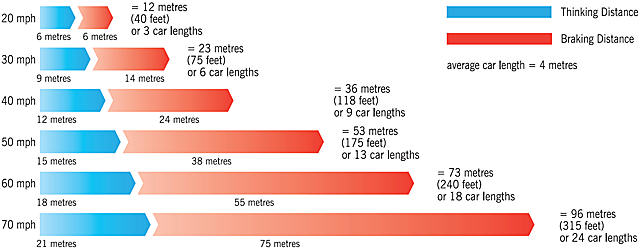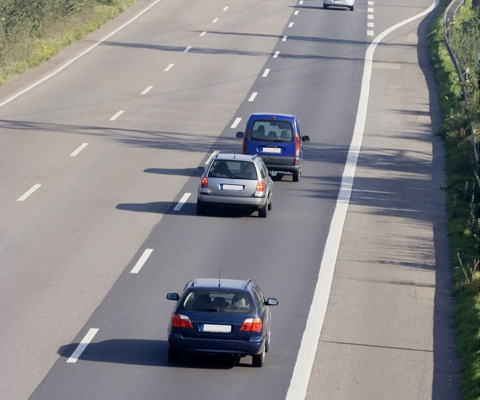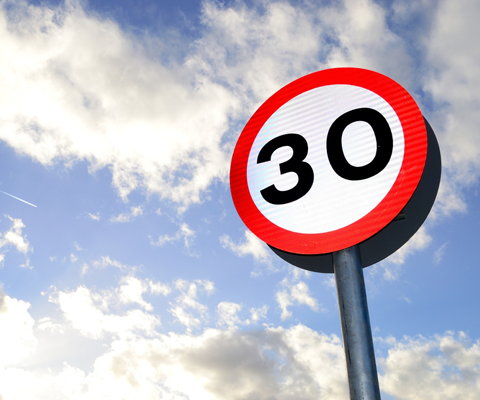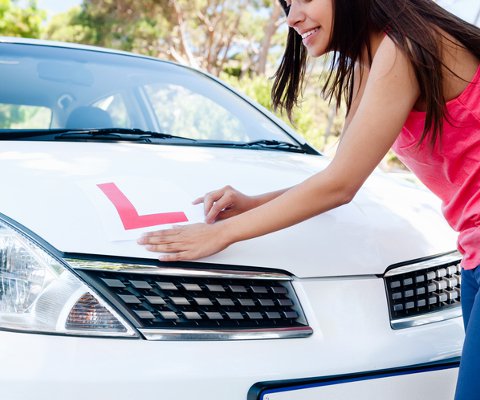
Driving tips and other life stuff
Stopping distances
-
What is stopping distance?
Many people think that stopping distance is the same as braking distance - WRONG!
STOPPING DISTANCE = THINKING DISTANCE + BRAKING DISTANCE
-
What is thinking distance?
Thinking distance is the distance the car travels after the person driving has seen the danger but before they’ve applied the brakes.
Thinking distance is roughly 1 foot for every 1 mph you are travelling. In other words, if you are travelling at 30mph then your thinking distance is approximately 30 feet.
-
What is braking distance?
Braking distance is the distance the car travels coming to a stop, once the brakes have been applied. This increases with speed.
-
Average stopping distance
This image from the Highway Code gives you an idea of average stopping distances according to speed

The average car driving at 20 mph will travel 20 feet before coming to a complete stop, however a car travelling at 40 mph will take 80 ft to come to a stop – that’s why it’s SO important not to exceed the speed limit.Stopping distance: The average stopping distances should be multiplied by 2 for stopping distances in the rain and multiplied by 10 for stopping distances on ice.
-
All very well in theory but what about real life?
Average stopping distances are really only a rough guide. In real life, there are loads of things that can affect the distance it takes you to stop:
- Speed: How fast are you travelling?
- Gradient: Whether you are on a smooth level road, or a hill. If you are going up or down, how steep is it?
- Weather: is it good, dry, wet or icy?
- Tyres: are they good tyres, are they properly inflated, worn or a bit flat?
- Brakes: are your brakes working well and are they stopping you in a straight line?
- You: your ability as a driver! Are you ill, tired, on medication, have you been drinking alcohol or taking drugs, are you distracted, have you had an eye test recently? All of these will have an effect on your thinking distance.
-
What are separation distances?
Separation distances are really important - they are the minimum distances you should leave between you and the car in front to make sure you can come to a stop safely if there is a hazard or potential hazard.
The 2 second rule: Choose a fixed point such as a lamp post or bridge and when the car in front passes it start counting 2 seconds. As you finish speaking you should be reaching that same point.
Get more driving tips in the Young Driver's Guide.












